Magical Indonesia: Learning to love myself in this spiritual gem
mis à jour le 23 November 2017 à 11:16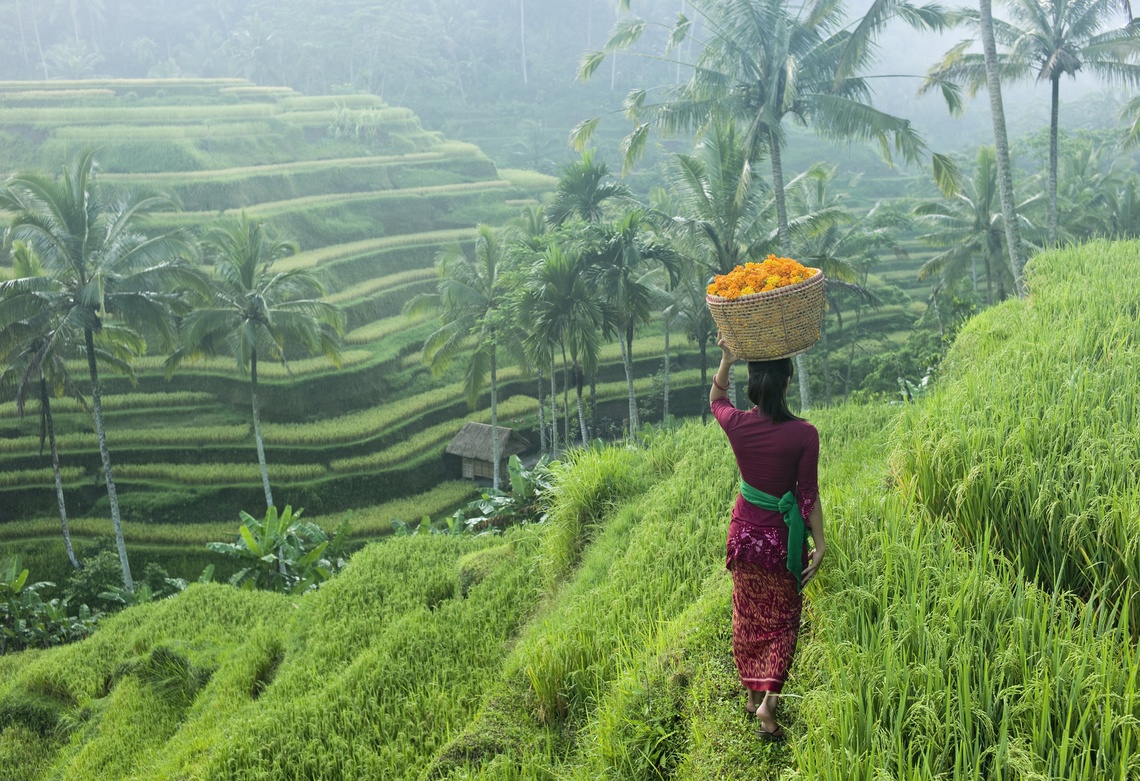
“No turning back now,” I muttered repeatedly to myself under my breath, quickly sliding my Indonesian travel guidebook into my carry-on, as my airplane made its smooth landing at Bali’s Denpasar International Airport. It was a beautiful Friday morning, I thought, recalling the impossibly beautiful views I managed to glimpse of Bali from up in the clouds on my AirAsia flight from Kuala Lumpur. Alas; I could not believe I was finally in Indonesia.
My solo trip to Indonesia had been a long time coming. Being of half-Javanese descent, my childhood was coloured by riveting tales of beautiful Balinese sunsets, exquisite batiks, fragrant Indonesian spices and majestic temples from my grandmother, a proud Javanese matriarch who loved Indonesia deeply. It was a shame it took me this long to finally pay it a visit. Nonetheless, being at a crossroads in my life since recently walking away from a failed relationship, the time was ripe for me to rediscover myself. What better place to begin my journey of spiritual self-discovery in Indonesia than in Bali - the very island that inspired Elizabeth Gilbert in Eat, Pray, Love?
The minute I exited the airport, I was warmly greeted by my cheery driver, Made (pronounced “Ma-deh”). Made was a pleasant, cherubic man who kept me entertained throughout my hour-long car ride to Ubud, the historical, spiritual and cultural heartbeat of Bali, where I had planned to start my spiritual journey. Considering I strictly wanted a spiritual retreat I had decided to give Bali’s other popular areas like Seminyak, Legian, Kuta a miss.
Ubud was amazing. Despite the many days I spent there, I never grew tired of the sight of the gently rolling rice paddies that seem to stretch out in an infinite sea of green. My aunt told me about something called ‘sound healing’ in Ubud, which I tried the minute I arrived. Imagine being bathed in an enthralling, rich medley of sounds made by Tibetan bowls, acoustic instruments and voices that completely relaxes your body and balances your mind. It turned out to be surprisingly cathartic and healing; I would heartily recommend it to anyone.
In the days that followed my arrival in Ubud, I conscientiously practised yoga daily in the mornings and evenings at a yoga class near my hotel (there are yoga classes literally everywhere in Bali), tried ‘ecstatic dance’ - a type of uninhibited, free-form dancing in a darkened yoga studio (an interesting experience, to say the least), and met with a ‘balian’, a traditional Balinese healer. I was most looking forward to the latter.
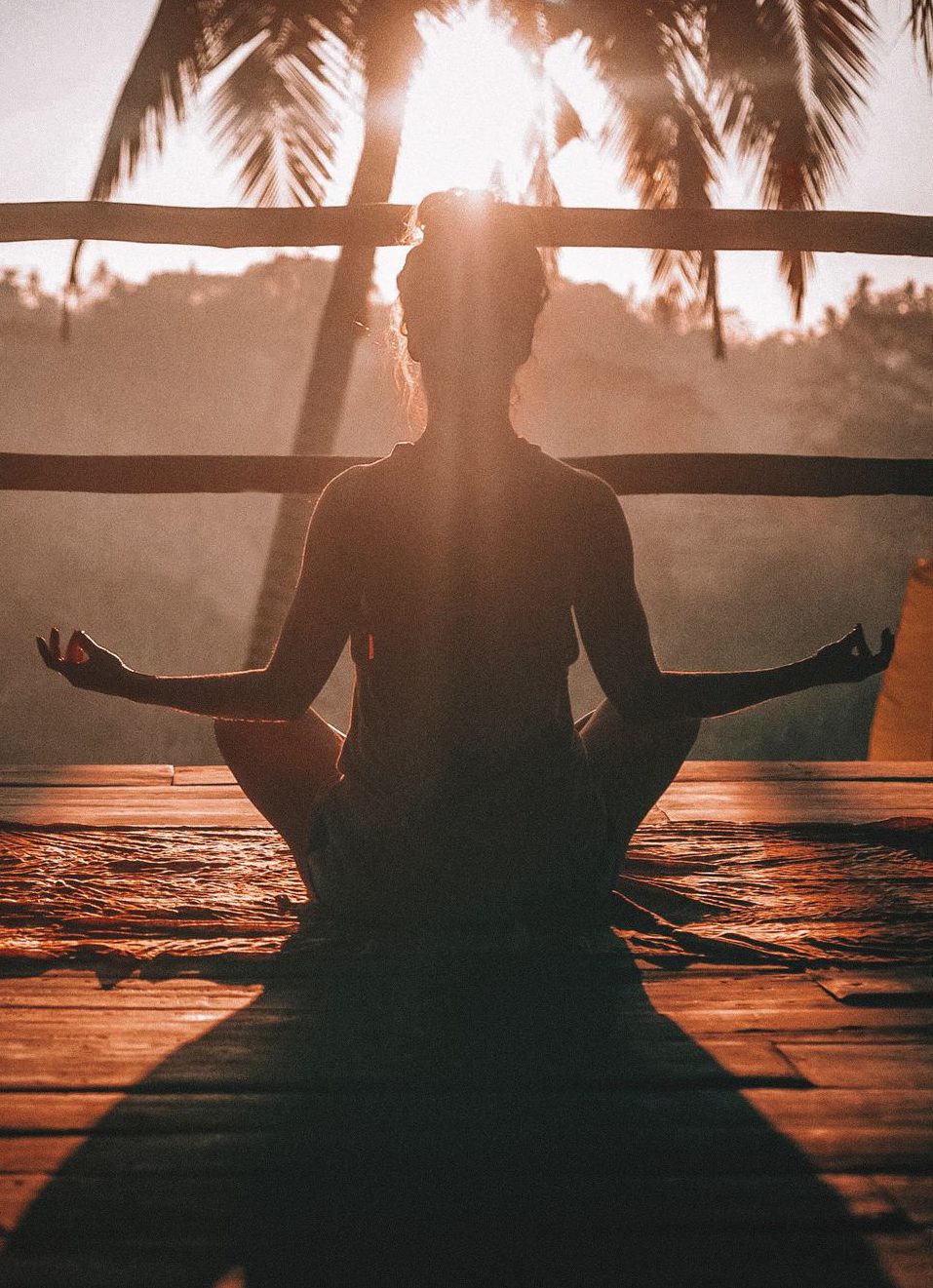
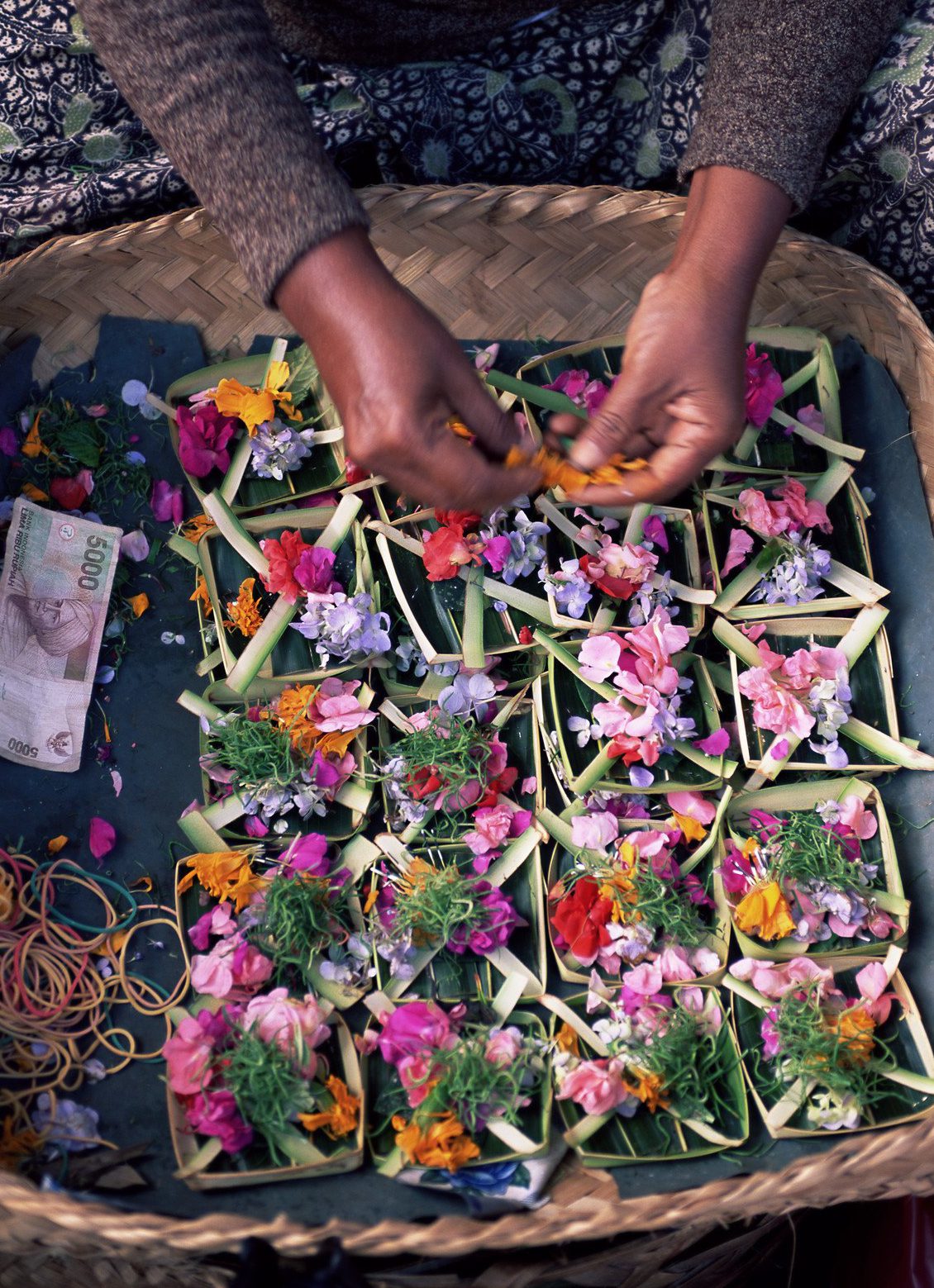
There are many reputed healers in Ubud, whose healing focuses on correcting the energy balances. Guru Made Sumantra came highly recommended to me by a fellow female traveller I met. He uses intuition to access his patients’ energy fields in order to bring balance and healing to their chakras. He explained to me that the reason for my exhaustion was because I had ‘holes’ in my energy fields, which was allowing people to take energy from me without giving back. “Divorced?” he asked me tentatively. I didn’t reply.
There was so much to see during my stay in Ubud, so I was grateful that my hotel recommended a local Balinese guide, Eddy, to take me to all the sites during my week-long stay there. I visited the Pura Kehen temple, a breathtaking temple founded in 1206 (which had surprisingly few visitors); bathed alongside locals in the hot springs of Tirta Empul, one of Bali’s holiest temples that dates back to 960; marvelled at stunning Balinese artworks at the Agung Rai Museum of Art; visited the Bali’s classic rice terraces at the Tegallalang village and inhaled the freshest of air while hiking along the Campuhan Ridge Walk.
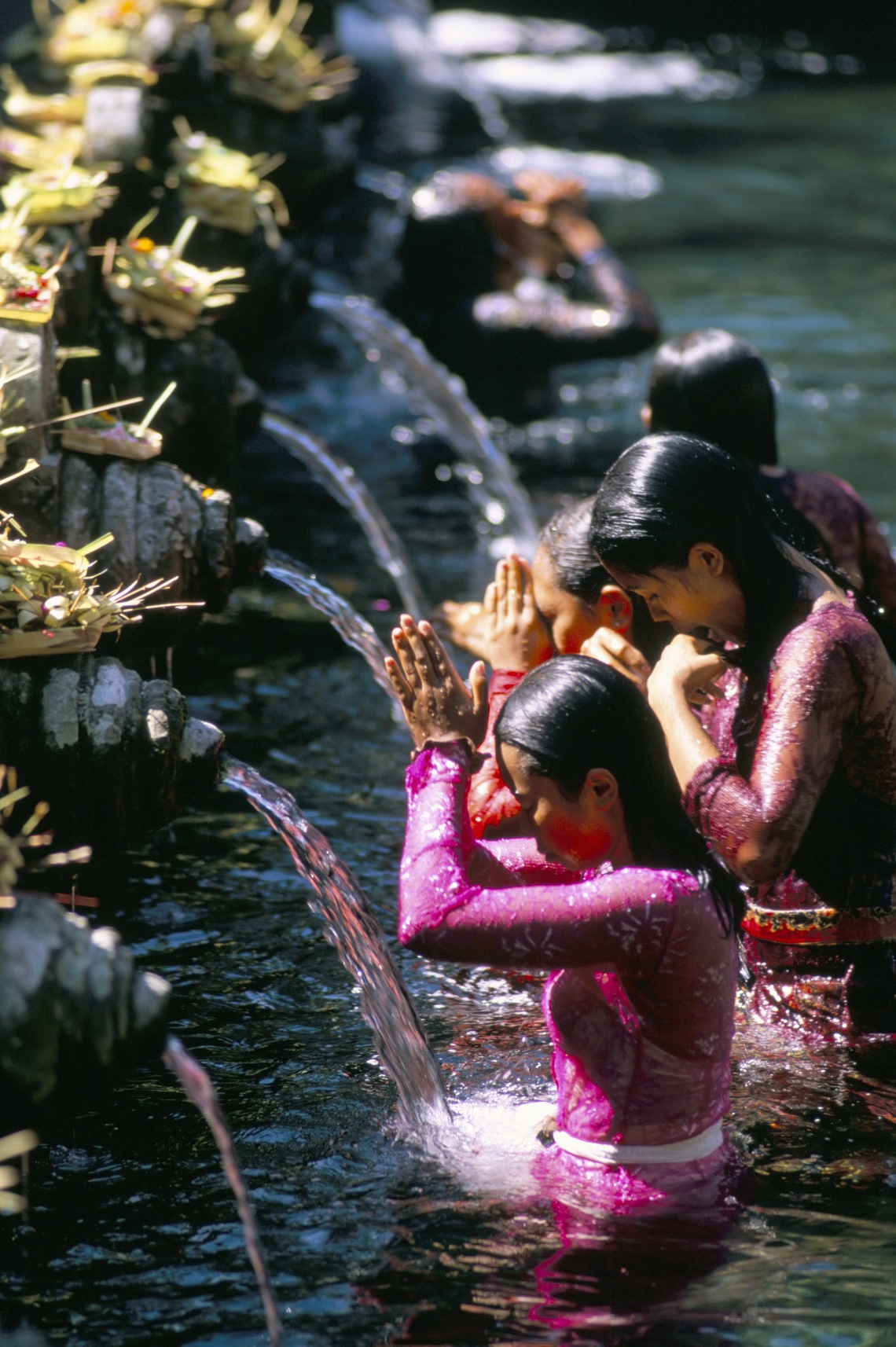
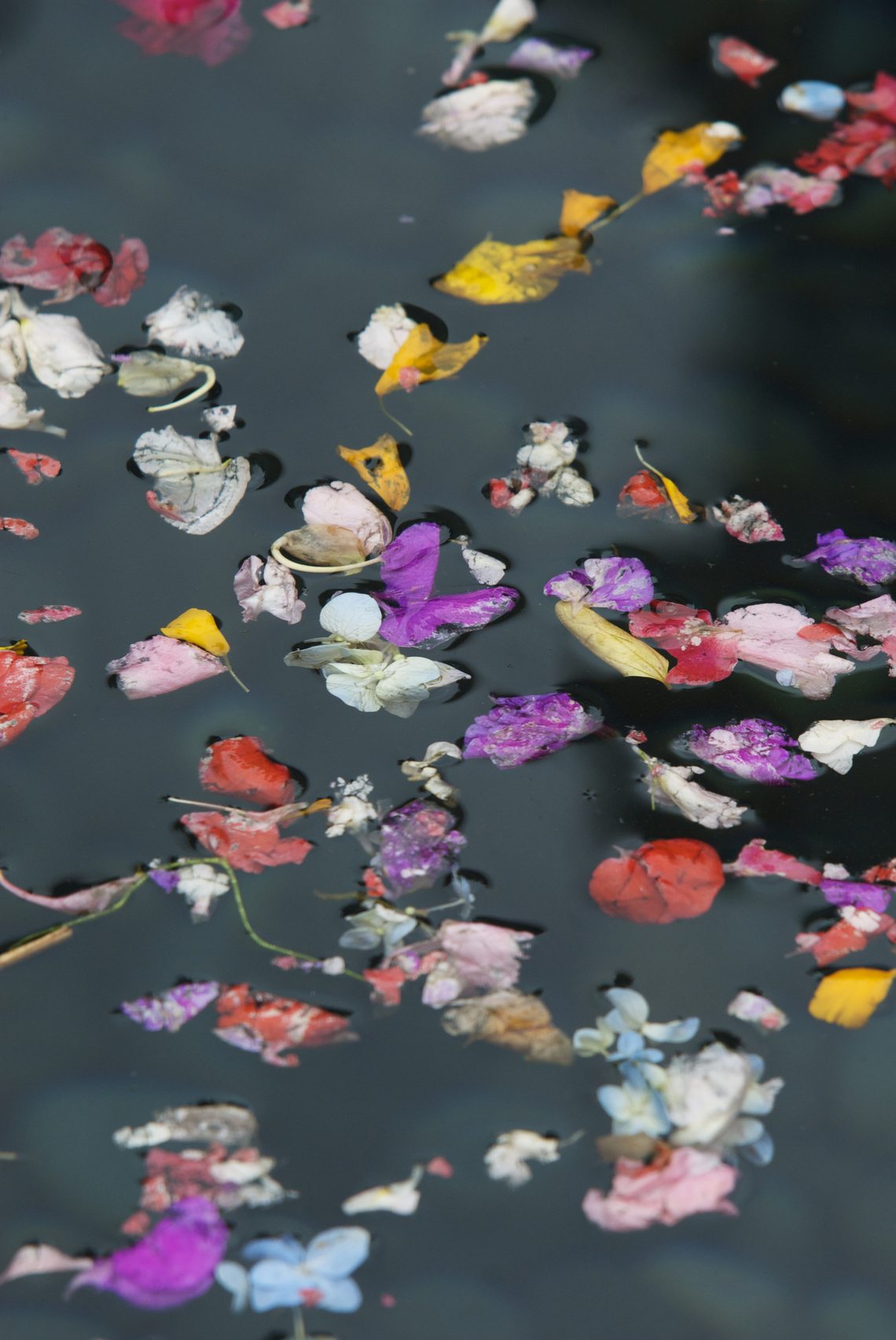
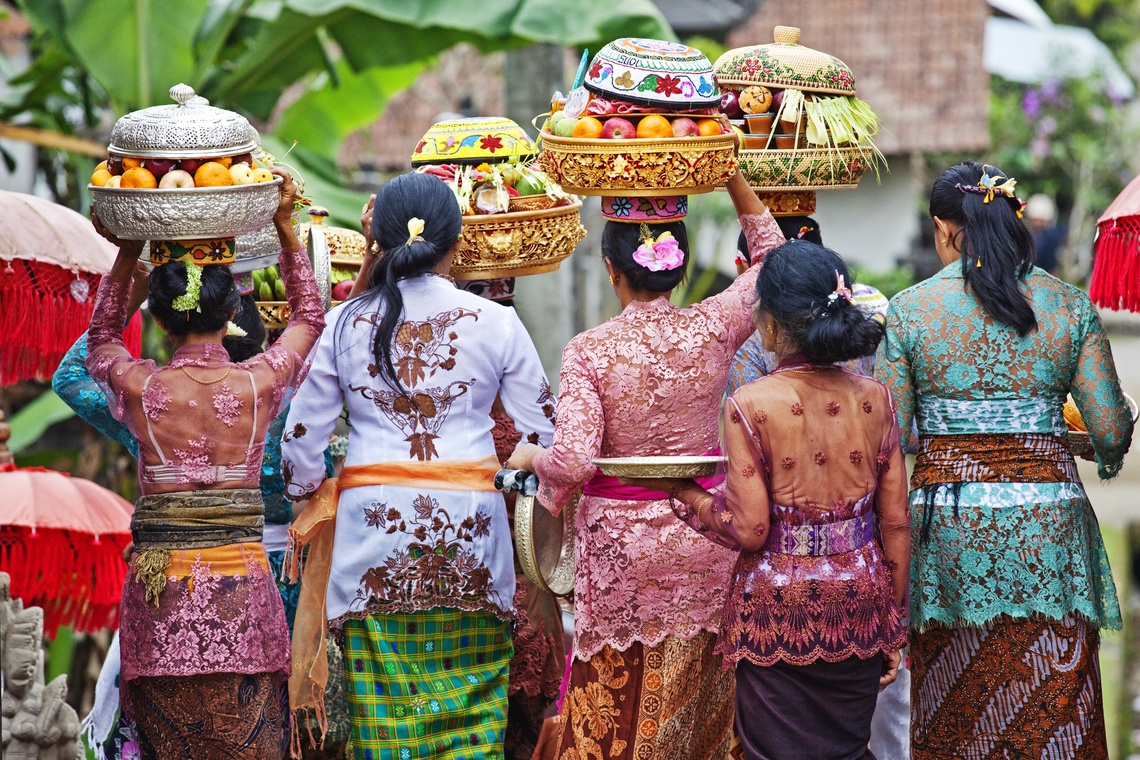
Although I had spent my entire time in Bali nourishing my body with the freshest, organic produce at its many organic cafes, I decided to give the iconic Babi Guling, a classic Balinese roasted suckling pork dish, a try on my last night. It was a feast fit for a king. As we bid farewell, Eddy mentioned in passing Ubud got its name from an ancient Balinese word, “Ubad” which translates to ‘medicine’. How apt, I thought to myself and smiled. I did feel healed from within.
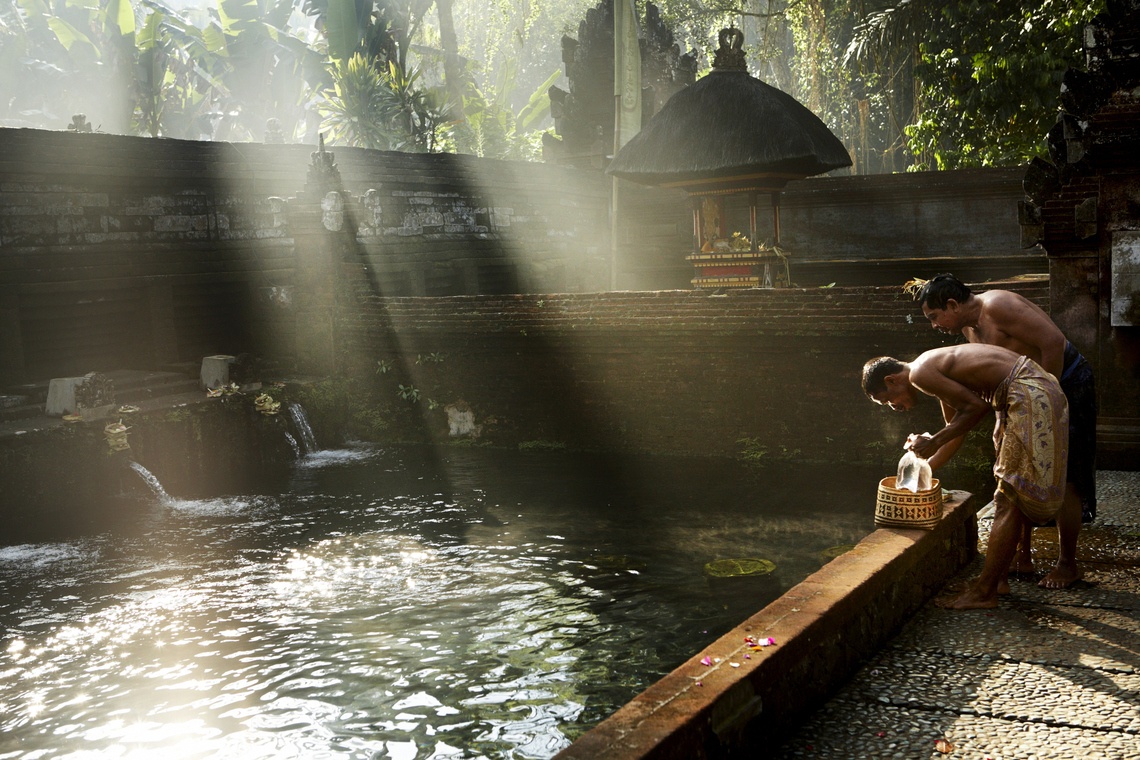
After a spiritually, physically and emotionally reinvigorating week in Ubud, it was time for me to bid farewell to Bali - this time for my next destination: Yogyakarta, also known as Jogja. Located in the south of Indonesia’s Central Java province, it is the capital city of the Yogyakarta Special region. I had initially considered taking a train, but decided against it upon finding a direct daily AirAsia flight between Bali and Jogja. My hour-long flight from Bali to Yogyakarta was seamless, and I could barely contain my excitement as I landed in Yogyakarta’s Adisucipto International Airport.
My primary reason to visit Jogja was to see the ancient temples, known as ‘candi’. The ‘candi’ refers to the ancient archeological temples built between the 7th and 9th century in Indonesia’s Java region, characterised by walls that were often carved with reliefs depicting various stories. Having seen spectacular pictures of the majestic Borobudur temple at sunrise, it was the first thing on my agenda. I booked a sunrise tour to the UNESCO World Heritage site at my hotel itself upon checking in.
We started the trip from my hotel at Malioboro Street to Borobudur at 3AM and arrived an hour and a half later in the inky early morning darkness. The atmosphere was magical. Nestled in the heart of the verdant and lush Kedu Plain, against the backdrop of the mighty Mount Merapi volcano, words fail me in describing the beauty of Borobudur. Our guide took us through the different arches in the temple and talked us through the history behind the 8th-Century Buddhist stupa and temple complex. Interestingly, Borobudur had laid abandoned and hidden for centuries under layers of volcanic ash and dense jungle, until British Governor Thomas Stamford Raffles was informed of a huge “lost” monument deep within the jungles near Jogja in the early 1800s.
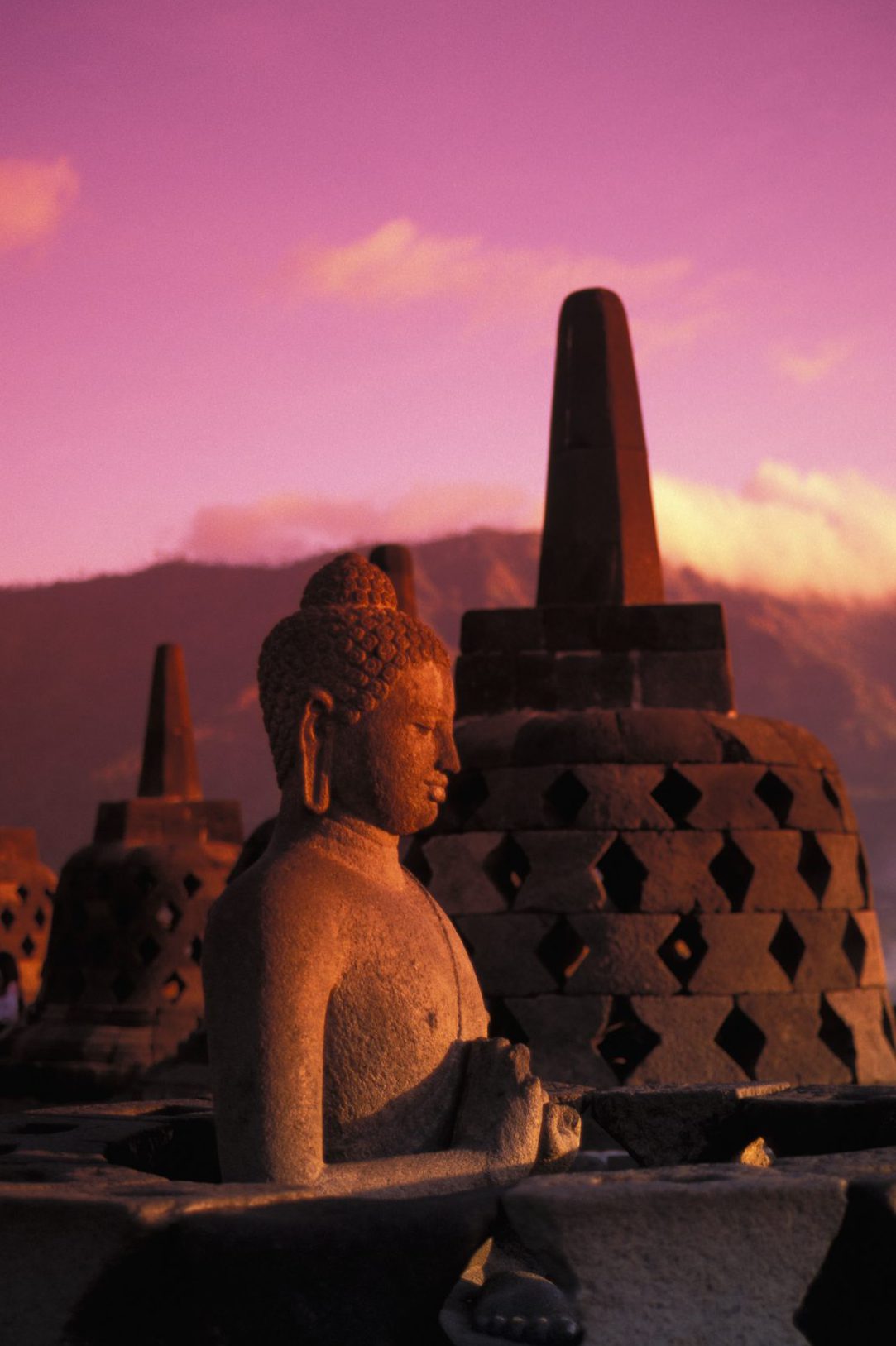
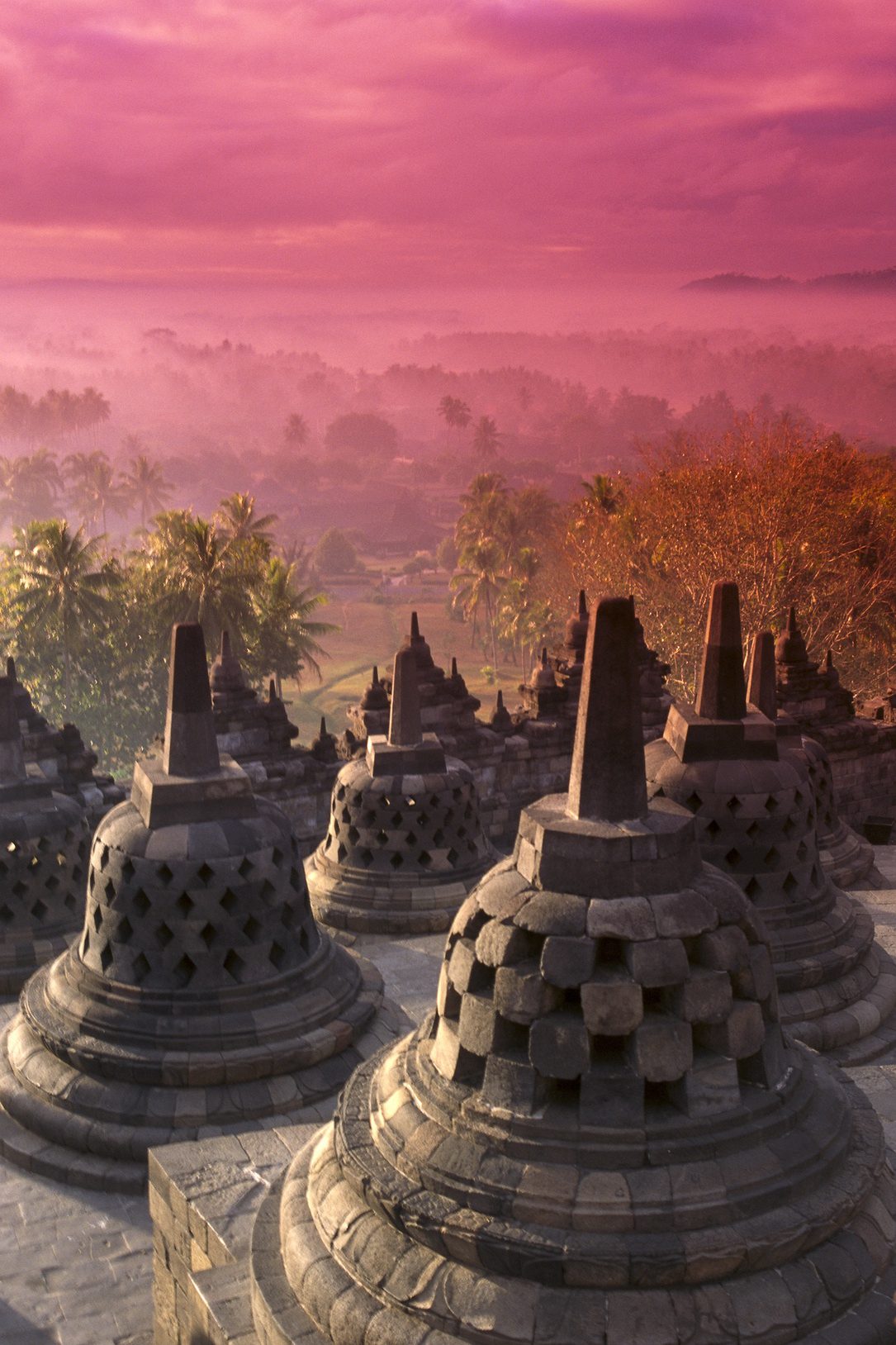
It soon became time to watch the sunrise. Our guide brought my little hotel tour group to the top of the Borobudur temple, where I found my spot by its central stupa. My heart started palpitating in excitement as I slowly took in the molten golden ambers that drenched the entire temple grounds. It was absolutely beautiful.
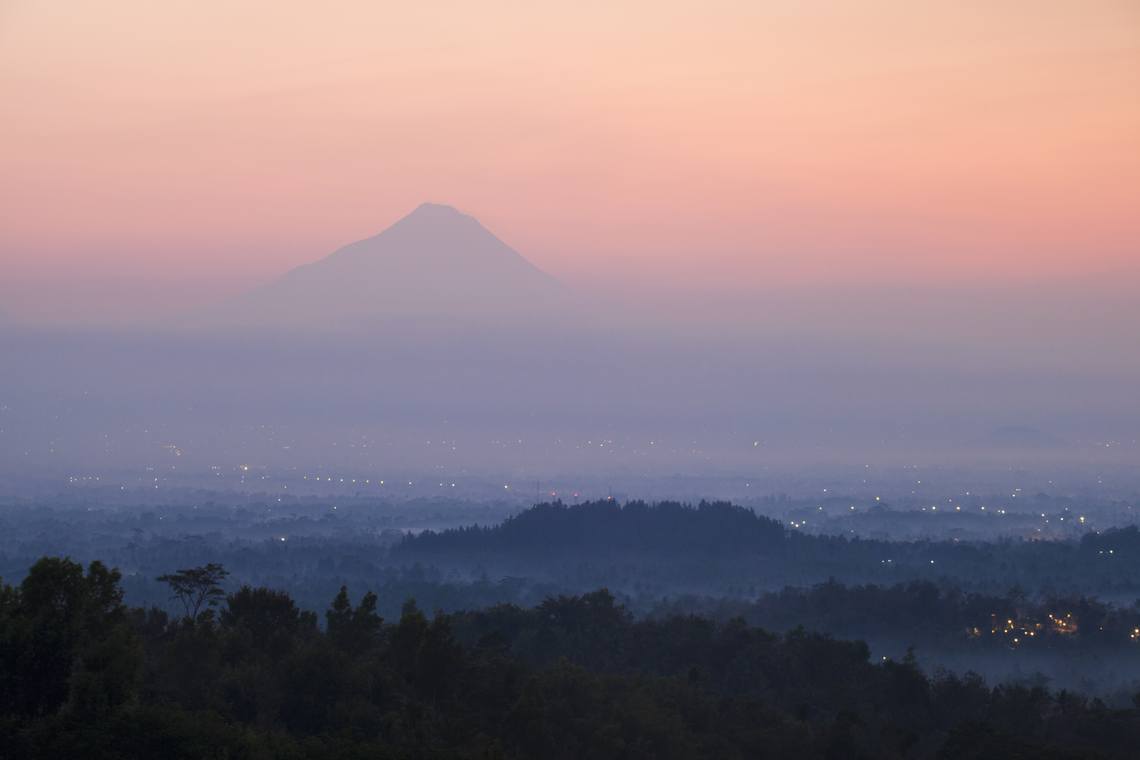
The rest of my time in Yogyakarta was spent getting to know the fascinating history of Java - how it stood the test of time against the siege of various conquerors and empires (from the Hindus, the Dutch, the Arabs), resulting in the multicultural and religious social fabric that still remains very quintessentially Indonesian. I could learn from that level of resilience and strength, I thought. I also visited Prambanan, a 9th-century Hindu temple, where I was treated to an arresting renowned Ramayana Ballet performance, and witnessed the most spectacular sunset atop the neighbouring Ratu Boko palace ruins.
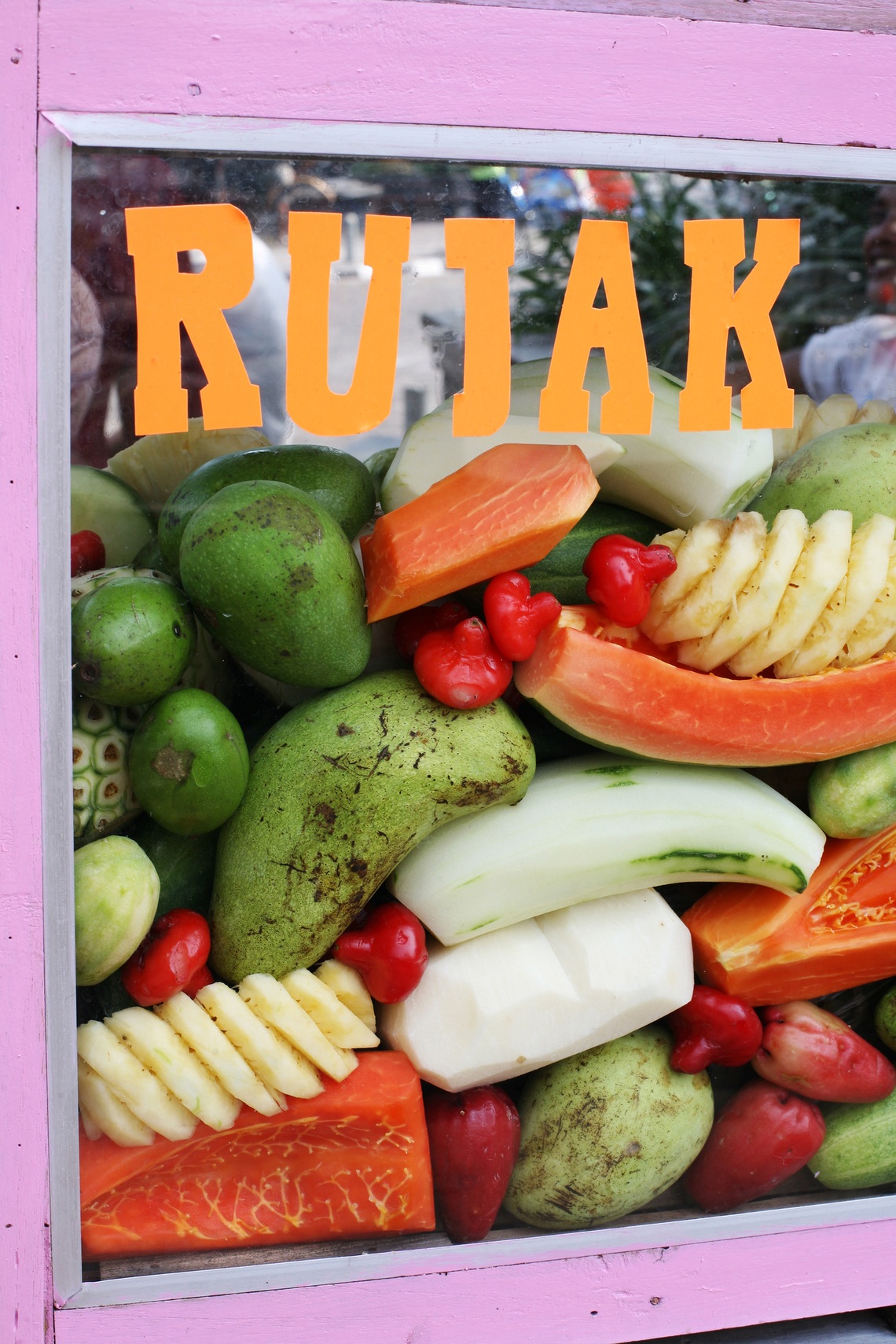
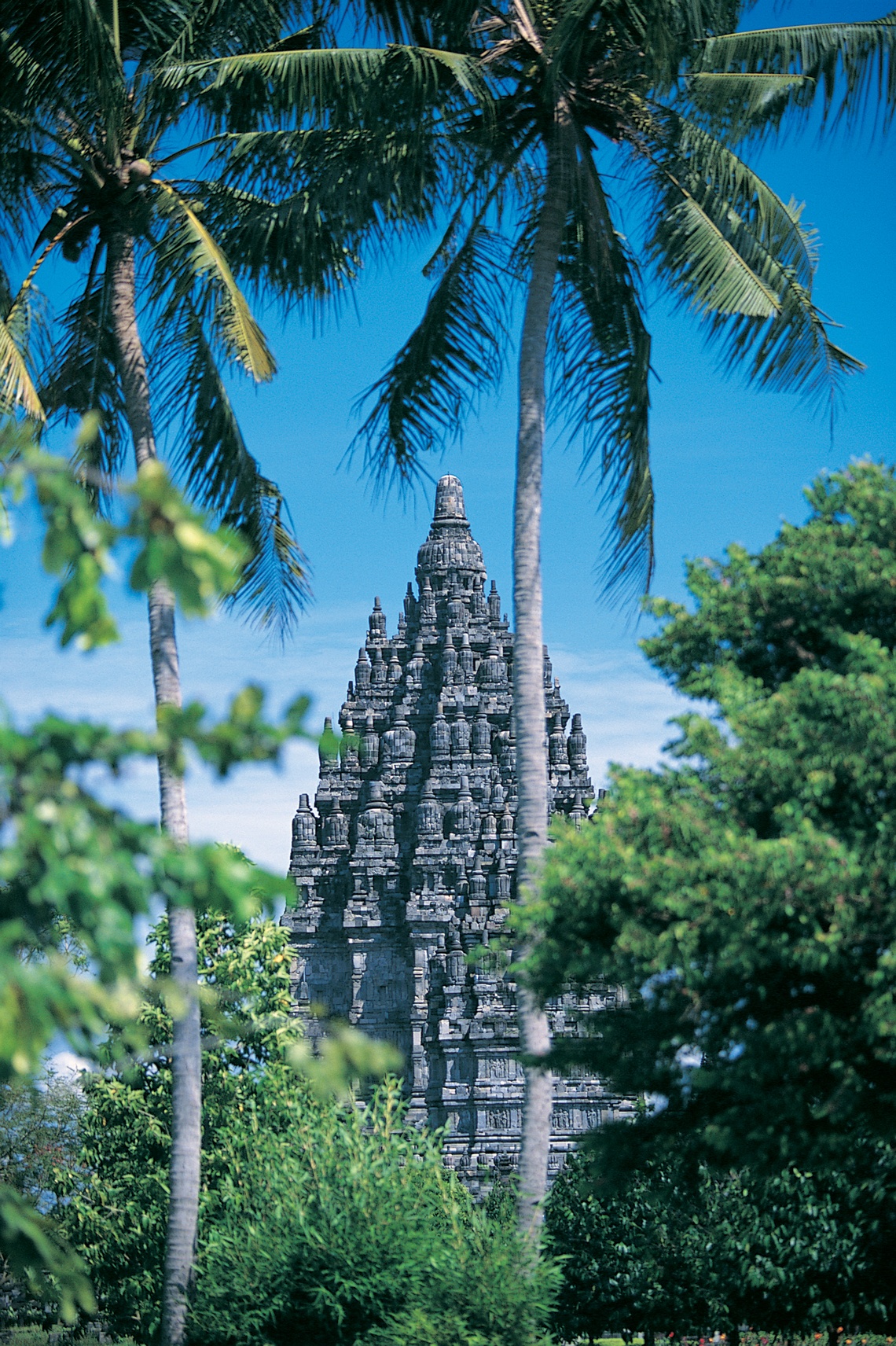
I eventually left Jogja for Solo still reeling from all the beauty I had seen and with a deeper fascination with Javanese culture, spirituality and history. Solo, short for Surakarta, is another major city in Central Java, just 60 kilometres from Jogja. It is the other heir (together with Jogja), of the ancient Mataram Kingdom which split in 1755. Unlike Jogja however, Solo has preserved most of its Javanese essence and is far less touristy. Ironic name for a destination for me, I thought half-amused, given my newly single relationship status.
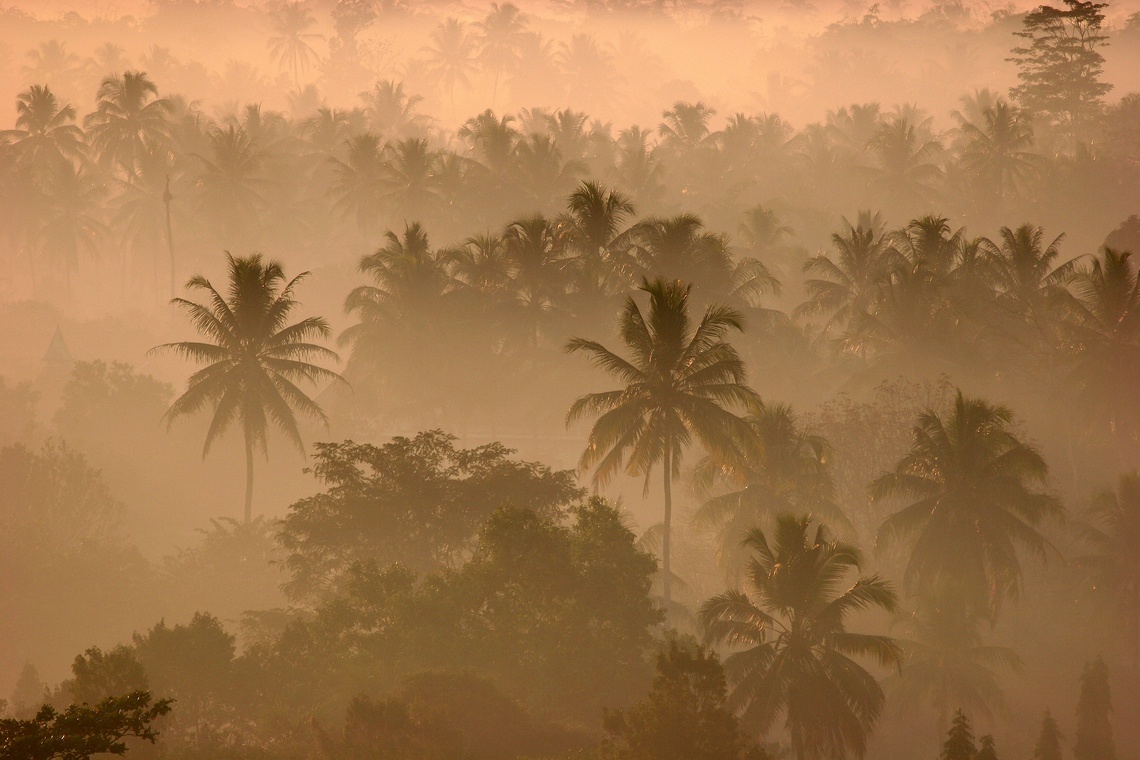
Solo is a former royal city and home to two royal enclaves. I visited the Puro Mangkunegaran, the beautiful palace of the Mangkunegara Princes built in 1757 that was also a museum and arts and cultural centre; went to the Sahasra Adhi Pura, a Hindu temple under construction just 5 kilometres east of Solo that featured 50 miniatures of sacred sites from around the world and also had its own Kundalini yoga centre; and also took the opportunity to finally purchase some batik.
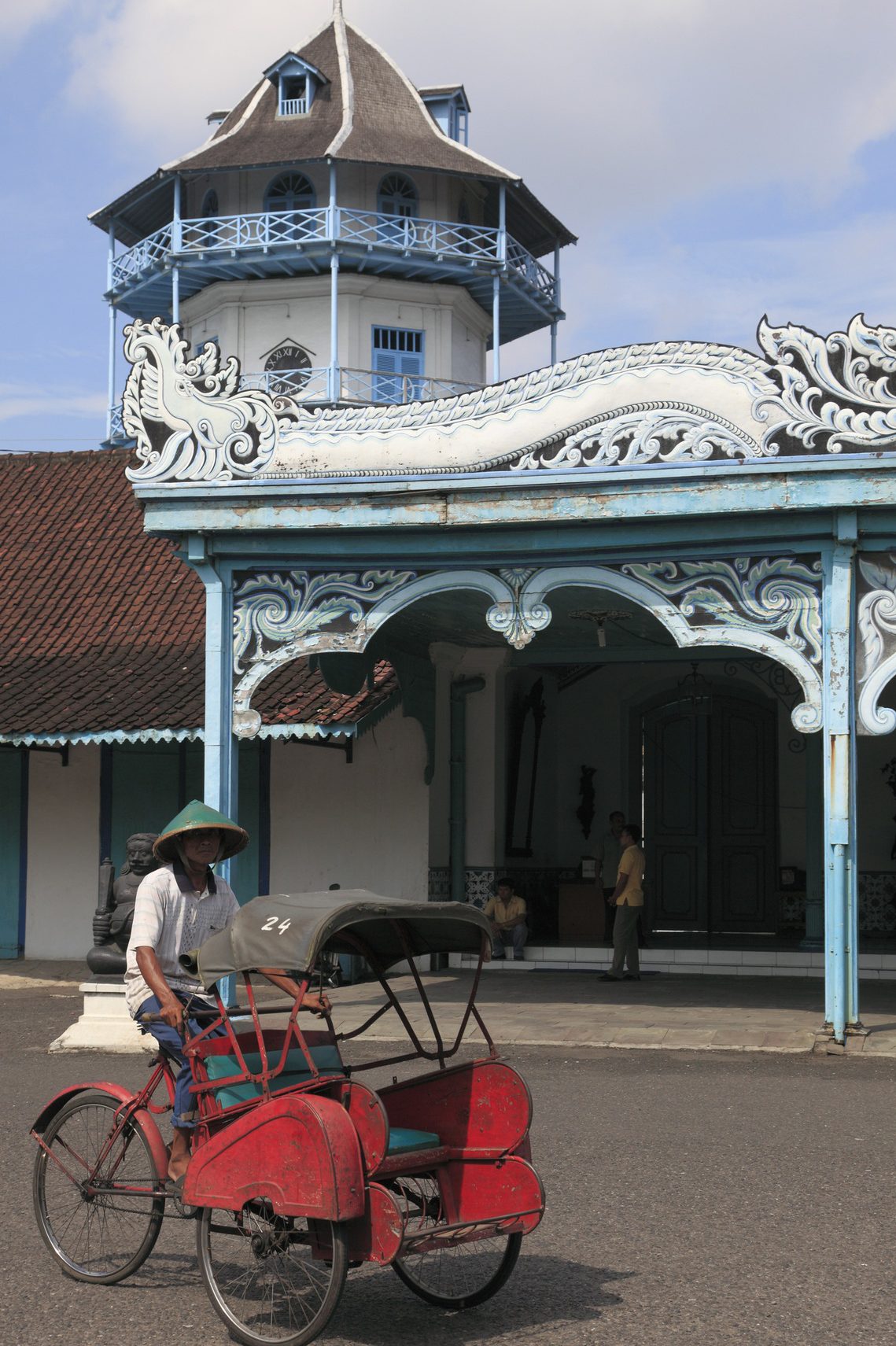
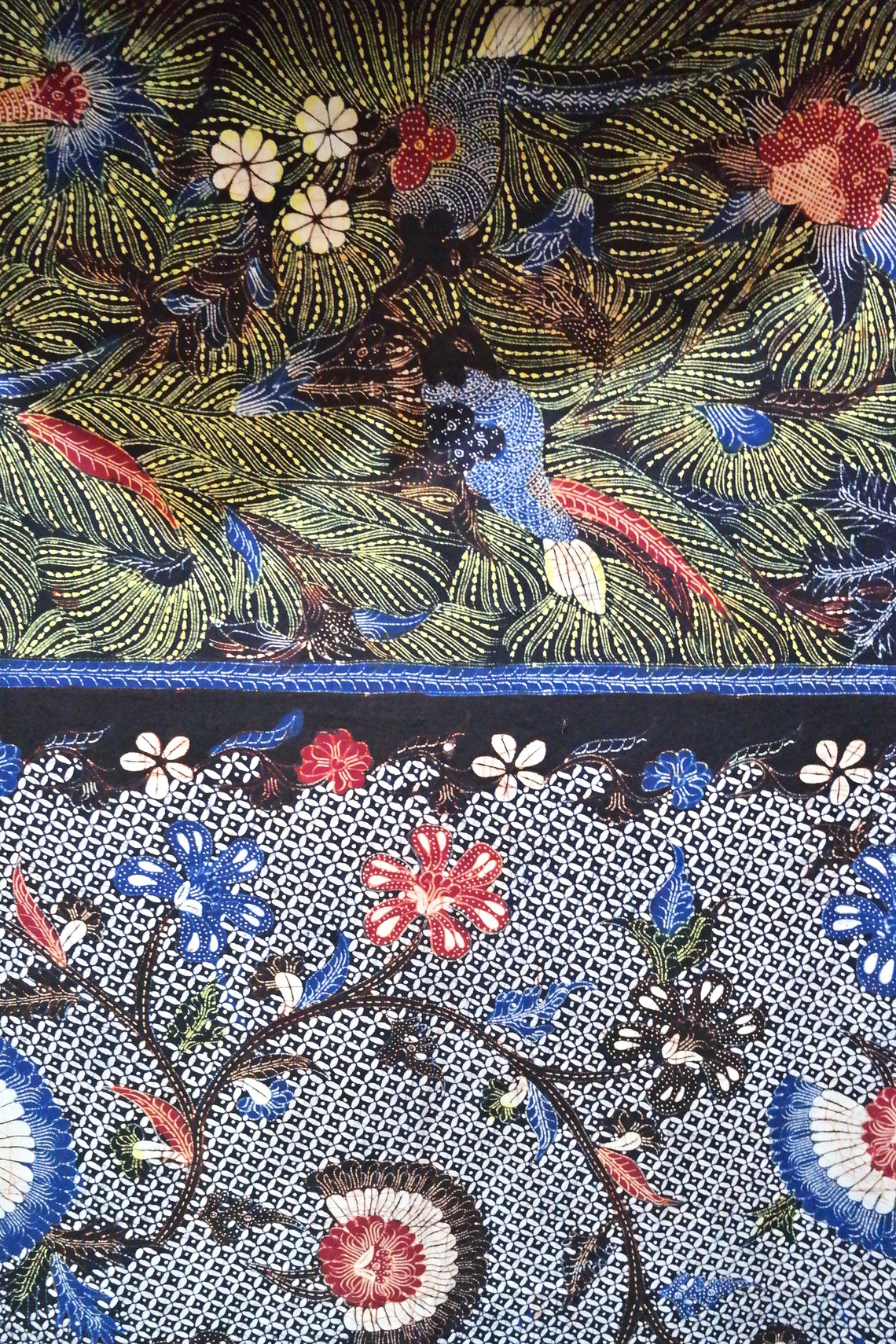
Simply put, Batik is an ancient Javanese art of decorating cloth using wax and dye. I had grown up watching my grandmother artfully folding and twisting some of the most exquisite and intricately designed batik pieces around her waist daily. I had yet to buy any whilst in Bali and Jogja, so I made it my mission to in Solo. The shopkeeper at the batik store I visited recommended that I visit the Museum Batik Danar Hadi, a museum that houses a 10,000-piece batik collection - reputedly the biggest collection in Indonesia. I went for dinner that night wearing one of the batik pieces I bought and understood why Indonesian women love it so much: not only is it a stunning work of art, the fabric was perfect for the tropical weather.
Having grown up observing my grandmother’s meticulous beauty routine and impeccable skin, I knew that Indonesia was a treasure trove of ancient, generations-old beauty secrets. I asked my taxi driver if there was any Javanese beauty regimes in Solo I should try. He recommended me the Mandi Lulur, a traditional Javanese skincare done by rubbing special spices to the skin to exfoliate it. It turns out that it was highly popular across the hotels in the city, so I requested for an appointment at my hotel that afternoon itself and left with smooth, baby-soft skin. I was sold.
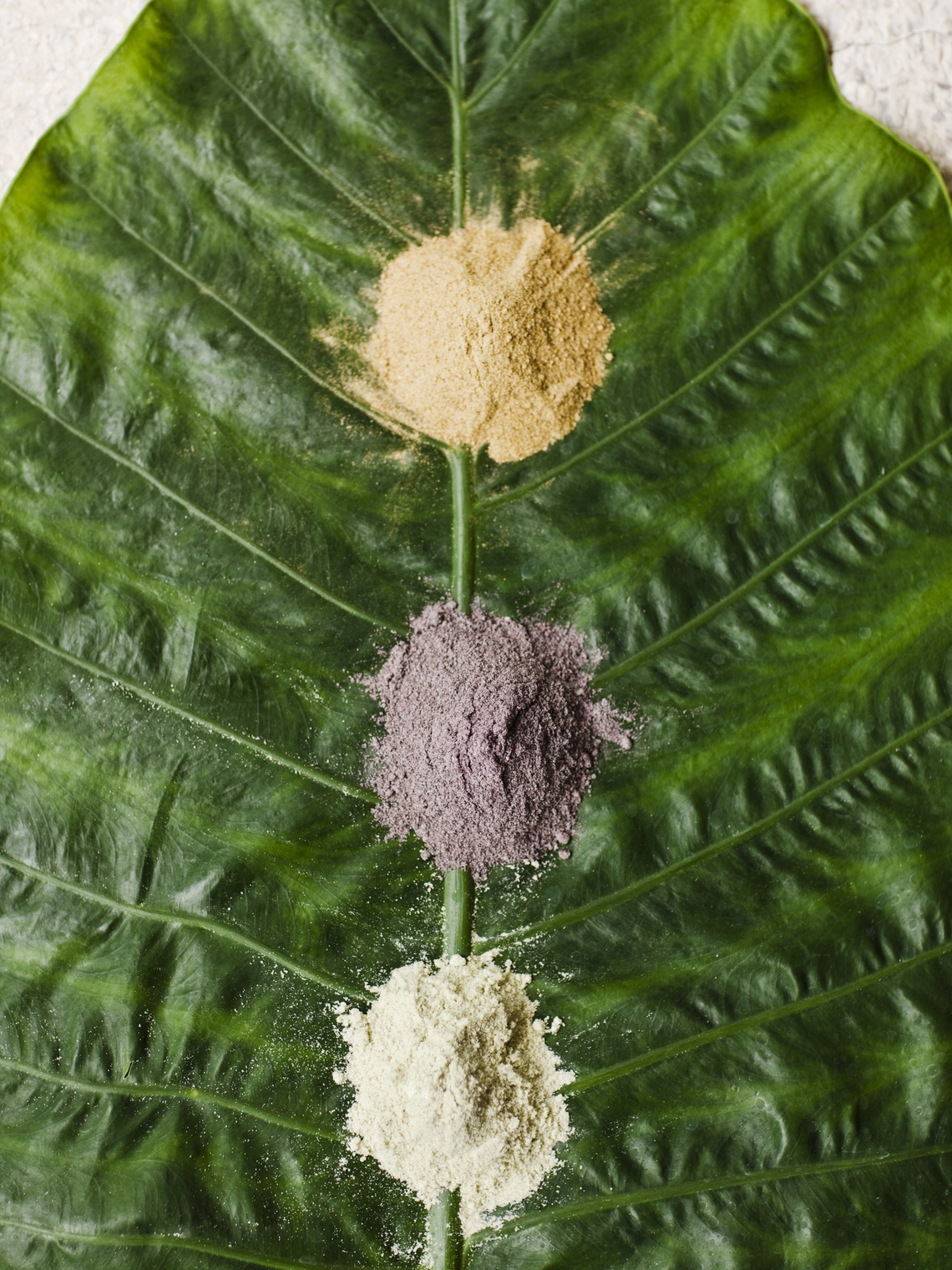
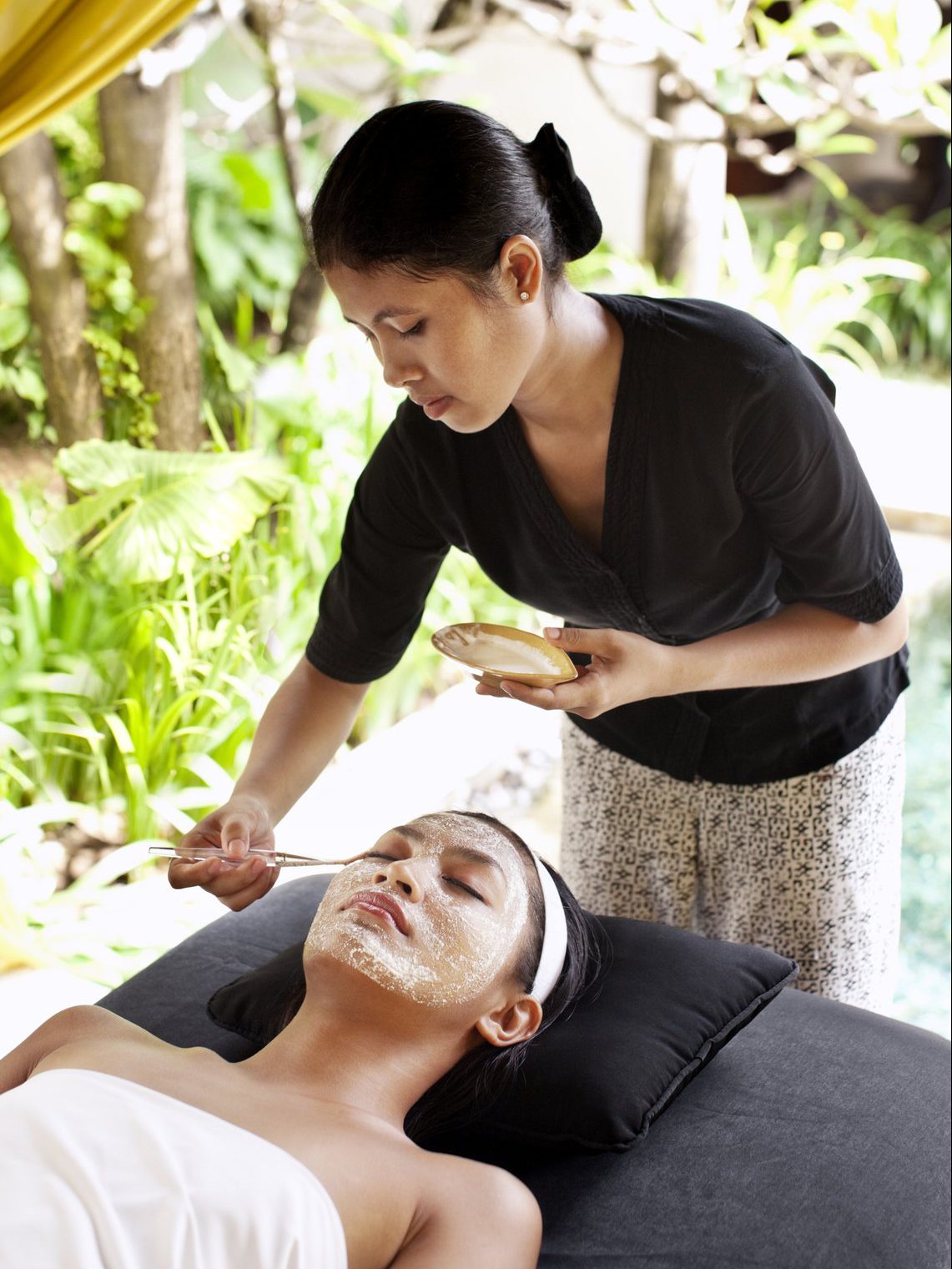
My stint in Solo was brief as I had to fly to Jakarta to visit a friend’s wedding for the weekend. While there, I took the opportunity to visit a famous traditional Jamu spa, where I was spoiled with various traditional Javanese beauty treatments, just like the Javanese princesses were in the keraton (Bahasa for ‘palace’) back in the day. Jakarta was busy, bustling and radically different to the spiritual and calm pace of my previous two weeks in Indonesia, so I was itching to continue my travels once the wedding was over.
My last destination in Indonesia was Surabaya, the state that my maternal side of the family was from and, interestingly, the region I knew least about. It was an hour and a half direct flight to Juanda Airport from Jakarta. My first stop was the Cheng Hoo Mosque, one of the prime religious sites for Chinese Muslim Indonesians. Surabaya, unknown to many, actually has a large Chinese population, who originally arrived as traders before settling in. My first impression was that the mosque looked rather like a Buddhist pagoda. Unlike other mosques I had visited in Asia and beyond, the Cheng Hoo Mosque was in a vivid red, yellow and green hues, with a mix of dragon and lion carvings. I was fascinated.
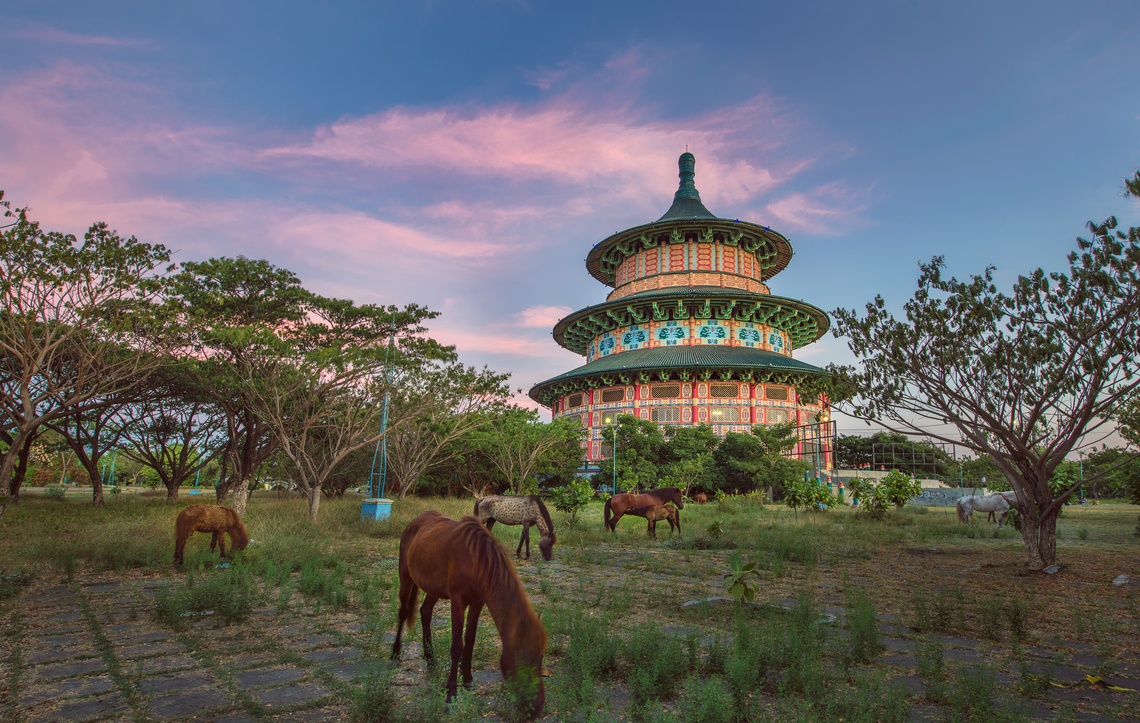
I also visited the Klenteng Sanggar Agung, a well-known Chinese temple in the city overlooking the water that is a place of pilgrimage for those who follow the Tridharma faith, and the Gereja Kelahiran Santa Perawan Maria, Surabaya’s oldest church. They were a beautiful testament to the multi-faith and religious diversity of Surabaya. I also got the pleasure of watching the Reog dance, a vigorous traditional dance.
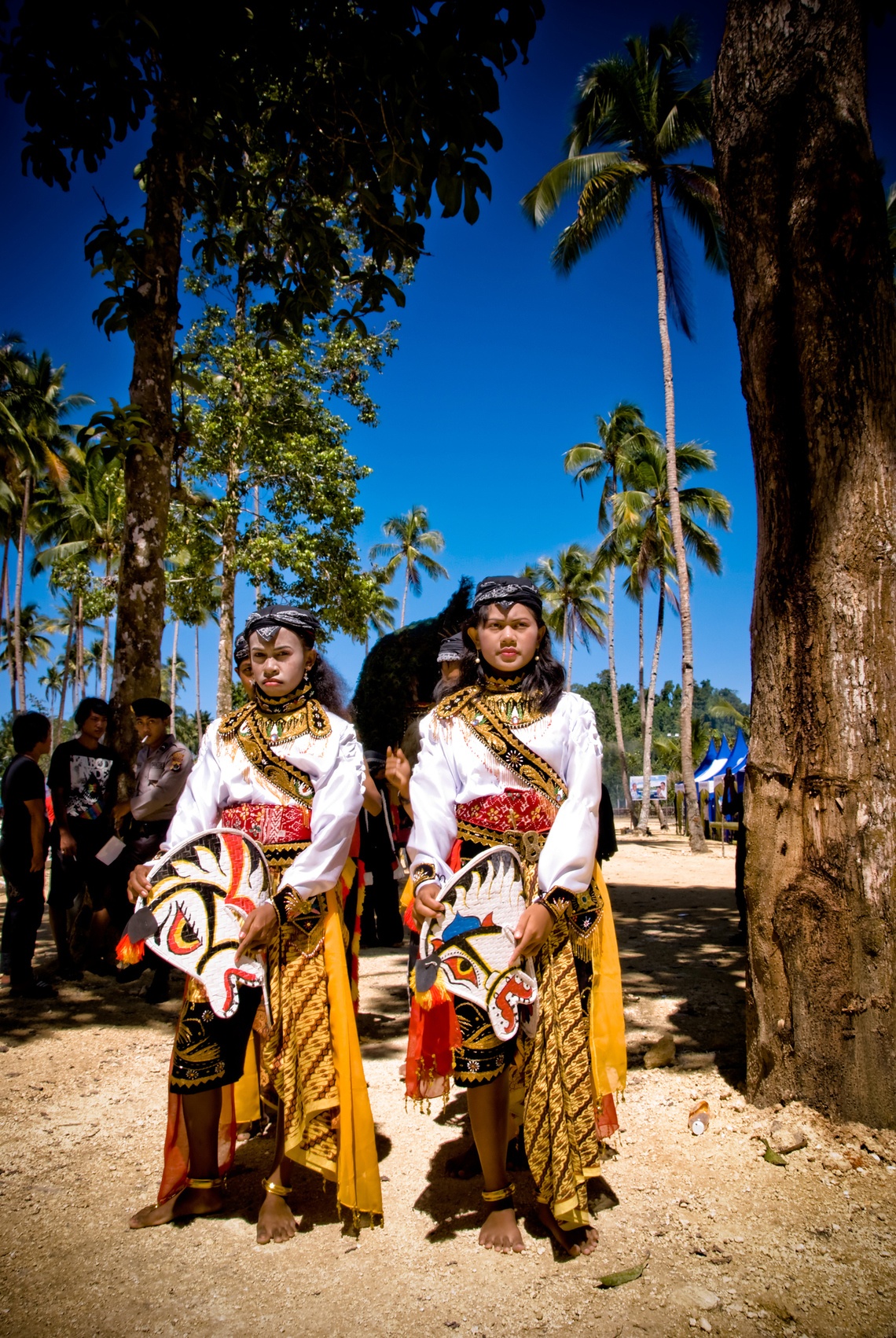
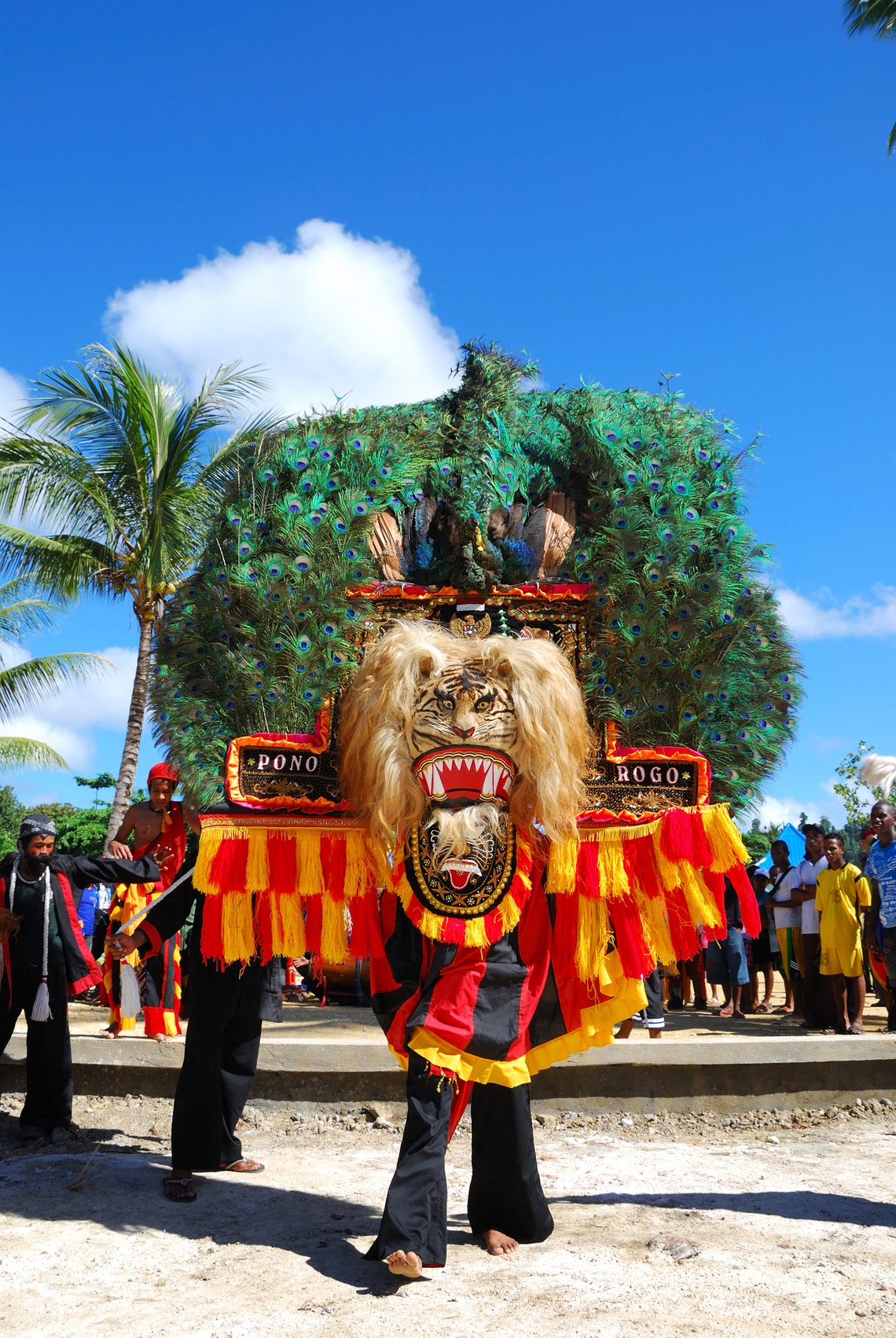
Before I knew it, it was my last night in Indonesia after a month-long travel. It was time for me to head home. Indonesia, in short, was amazing and absolutely life-changing, I thought, smiling at the affable AirAsia stewardess as I boarded my flight home. It inspired me how Indonesia had beautifully adapted through its different seasons - the foreign influences and empires - and yet withstood the test of time through it all. I could learn from that. My trip had been completely enriching and though I may not have found love like Elizabeth Gilbert did, I learned to love myself again. Which is the best kind of love you need, in retrospect.
This post was written with the collaboration & support of the Ministry of Tourism Indonesia. Air Asia offers the best connectivity to Indonesia, check out their 15 destinations here!



